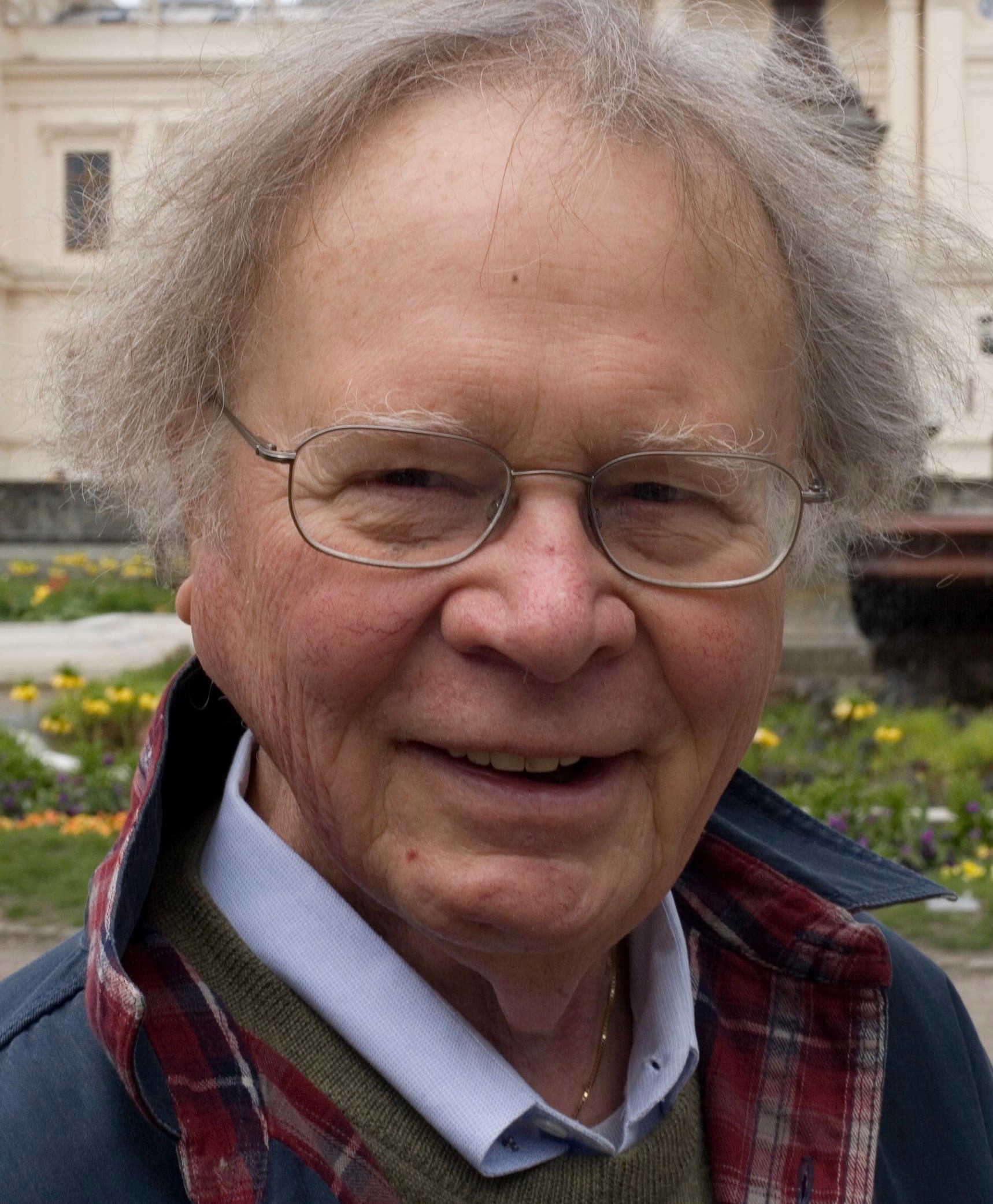
BY SUSAN MCTIGUE
CORRESPONDENT
CLOSTER, N.J.—Daily headlines about climate change are reminders of the serious environmental shift that has led to significant global warming, intense forest fires, flooding, devastating storms, polar melting and other world-wide disasters.
Wallace Smith Broecker of Closter pioneered and popularized the term “global warming” in a 1975 article written during his career as a Columbia University professor and researcher, after spending most of his time working at Columbia’s Lamont-Doherty Earth Observatory on Route 9W in Palisades, N.Y.
Broecker died on Feb. 18 at the age of 87.
Citing rising carbon dioxide levels flooding the atmosphere, Broecker had no doubt that this man-made trend would lead to dangerous warming across the world.
Broecker testified in 1984 to a Congressional committee that the build-up of greenhouse gasses, stemming from the burning of fossil fuels, must be stopped before disastrous effects would be felt across the globe.
In addition to his important impact on bringing this information to the public, Broecker pioneered scientific facts about “the ocean conveyor belt,” where the movement of ocean currents affects air temperatures.
When cold water in the North Atlantic sinks, warmer surface waters flow to keep Europe’s climate more mild. He called this conveyor belt “the Achilles heel of the climate system” since a small rise in temperature brought on by greenhouse gasses would impact this flow and plunge Europe into a deep freeze.
“We’re playing with an angry beast—a climate system that has been shown to be very sensitive,” Broecker said.
Known as “the grandfather of climate science,” he recognized the need for renewable energy to replace fossil fuels that were creating the disastrous carbon imbalance in the atmosphere. In 1996, Broecker was awarded the National Medal of Science along with many other awards bestowed upon him throughout his career.
The Closter Hall of Fame recognized his ground-breaking contributions to the world well beyond the borders of his home town, and included him in its first class of honorees in 2015.
The Closter Public Library houses the Hall of Fame and can be visited during regular library hours.
